Canadian Rockies
I am driving through the stunning landscapes of the Canadian Rockies. They are huge! Not just in stature, but in the volume of the area, If you are looking for an "Endless Summer" experience, try driving all of the roads up here. You will discover that there will be a lot of roads yet to cover by the time the Aspen & Birch trees begin to turn. There are micro-climates as well. Arid valleys with rain forests to the east and west. Beautiful, flat & broad agricultural valleys. Dense, verdant forests divided by pellucid mountain streams. I could almost say "Pick a spot, any spot... spend a couple of weeks there, you won't regret it." But, some folk have a strong penchant for oceans or deserts.
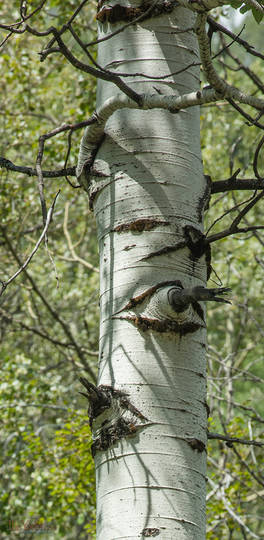
If you like boating and lakes... Well, come on over and have at it in these mountains. There are lakes and reservoirs, some stretching over 100 miles that wind through the mountains. Go ahead, spend a day on a boat.
Of course when in Canada you are going to be confronted with the metric system. In town you will be driving 30 - 50 kph, on the highways 80 - 100. As a person born & raised in one of the last three countries in the world to still be using the Imperial system of measurement (Myanmar & Libya are the two others), I thought it would be somewhat of a struggle dealing with it but it really wasn't. I could switch my car readout so speed wasn't a problem at all. Distances: 200 - 300 is a pleasant day's drive, 700km is a stretch. At the deli: 100grams is a nice portion. 20 - 25 degrees celsius is comfortable, above that warmer, below that cooler. it;s really not a big deal at all. In most cases, when you get used to it, the Metric system is much, much simpler.
In fact, I wonder why the US is still using the Imperial system anyhow? When you think about it it is really bizarre. if I have something that is 18 inches long, it is 1.5 feet... it is also a 1/2 yard. In the metric system it is a smidgen over 45.7 centimeters ...which is 457 millimeters or .457 meters. Of course if it is 17-5/8 inches... Oh geepers, then there are how we use fractions in measuring things... The imperial system of units is as strange as old English money... Have you ever read a Dickens novel and been confused with the units of crowns, shillings, bobs, quid, pence, pounds, & whatnot? A base-ten monetary system makes a whole lot of sense. Why not use base-ten for everything?

Right now we have a base-12 foot into a base-3 yard, after that follows 100 yards for a(n american) football field and then 1760 yards in a mile... it doesn't make sense. Want to get confused? Try cooking where 3 teaspoons is a tablespoon and 2 tablespoons is an ounce then you have 2 ounces is 1/4 cup 2 cups is a pint, 2 pints is a quart, 4 quarts is a gallon and a gallon of water weighs about 8 lbs (8 pints). I grew up with the system so I know it, but that doesn't mean it makes any sense logically... I mean... why a "gallon"? (..."why not a duck?") ...and U.S. gallons are a different size from British gallons. We are the only country in the world using our gallons... Why? How does our society benefit? Canada moved (mostly) to metric in the 1970s. Boomers & older folk will probably squawk the most, but most of the conversion is some pretty simple rules of thumb.... Drive a safe speed, that is probably the speed limit. 5km is an easy walk in an hour. 8 is a brisk walk. but if you can see the end point, it is only from here to there, who cares about units? Body temperature is 37c so when it is 40c out it is HOT 20 - 25 is comfortable. water freezes at 0°c, so if it is -10c and the sun is shining and there is no wind you probably don't even need a sweater!
All righty then, I should shut up...
That said... there is a funny and informative write up on the history of standards of measurement that can be found on this violin bowmaker's web site

I pulled off of the road to see a feature named "The Gate to Hell." It turned out to be where there was a narrow and deep rock gorge with a river running down it. The gate was there the gorge suddenly narrowed to one-half it's with the result being a very loud and vigorous foment beyond. Hellish indeed... if somewhat damp and cool. The woods nearby were filled rotting logs and interesting mushrooms. This mushroom was about an inch and a half tall.

A bunchberry (or Cornus canadensis) growing right by the land of mushrooms. Though they are apparently edible, there is a very large seed at the center. i abstained.
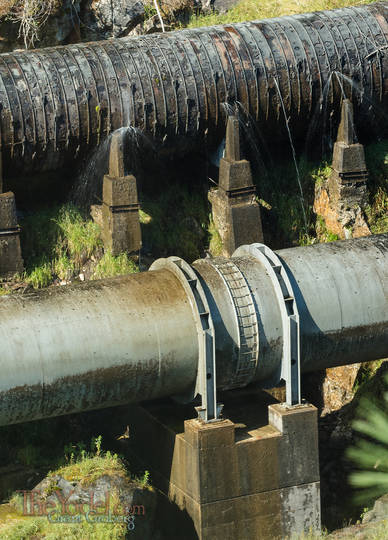
These are pretty big pipes... 8 - 12 feet in diameter. They feed into an smaller, older hydro-electric plant. That older pipe is leaking many, many hundreds of gallons of water per hour. Think of all of the California lawns that could stay green with that water.
Of course all of this water is what doesn't go through the electric plant. I can see why they don't worry about a few leaks in an old pipe. It all goes back into the river anyhow.
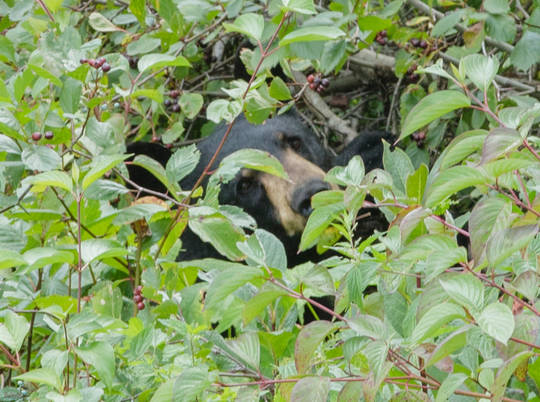
You know that picture at the top of this post? This is about 15 - 20 yards beyond the right edge of it. I thought I heard some movement in the brush there. I patiently waited for more noise to zero in on the spot. I was rewarded to see a small tree whipping back and forth. "Oboy", thought I, "there is a beaver busily chewing down a tree, let's go watch." So I walked on over to get a closer look. As I approached I discovered there were two areas with this sort of movement. It further turned out there were two bears in the dense foliage busily filling themselves on all of the tasty berries. I looked back to my car to realize it was about four times farther from me than I was to the bears and decided I really didn't need a closer look. This bear seemed to be be looking right at me and thinking about whether chasing me down would be a good calorie investment. Fortunately it decided that a berry in the paw is worth more than a bozo with a camera and I sidled safely back to my car.
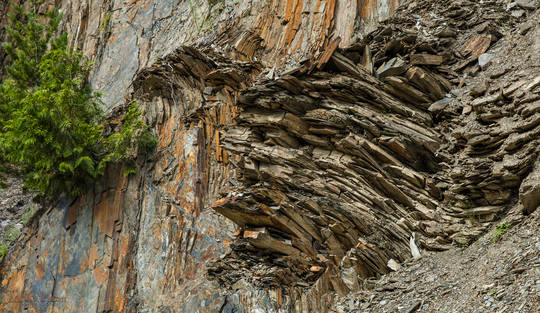
I had to turn around and go back to look at this... This is is a face of a sheer slate wall. Hundreds of millions of years ago, this part of the Rockies was all a flat, horizontal ocean floor. When Rockies were undergoing the process of being built up this seabed broke up and became tilted & twisted and whatnot in various ways... This particular part of the ocean floor had been tilted up to about 75-80 degrees. It is nearly vertical. What caught my eye is that there are sections of this wall made of of strata that are practically perpendicular to the rest of the wall... How did this happen?
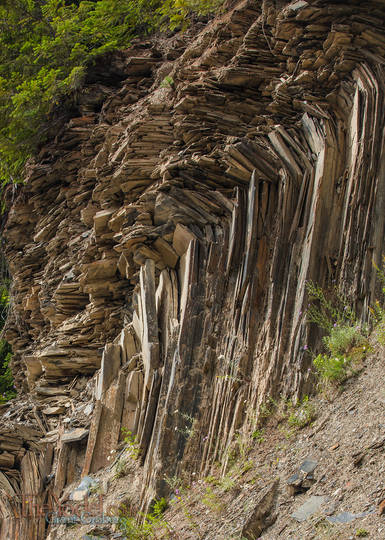
This gave me the clue to what I think is the solution to the puzzle. It looks as if some layers of the wall split off and buckled outward and further broke creating a shelf-bracket type geometry. Other strata broke off and landed fortuitously making a larger landing shelf and so on. It would be interesting to hear other peoples theories, but at the time of my writing this post I haven't written the commenting module for the site yet. (but I think I have the schema worked out)

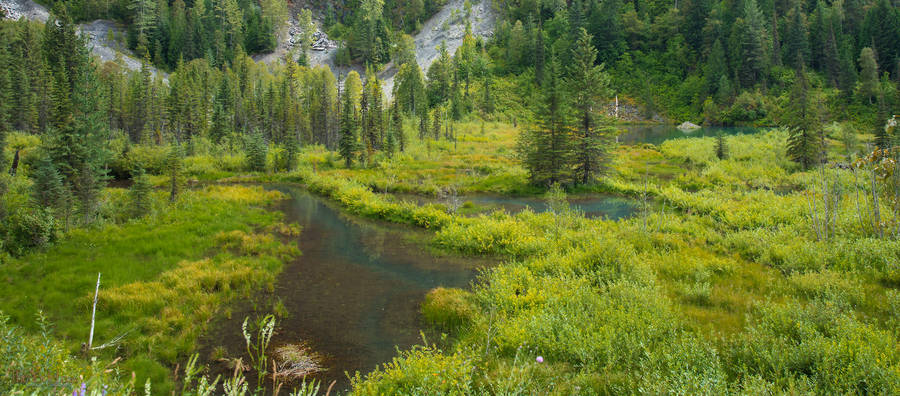
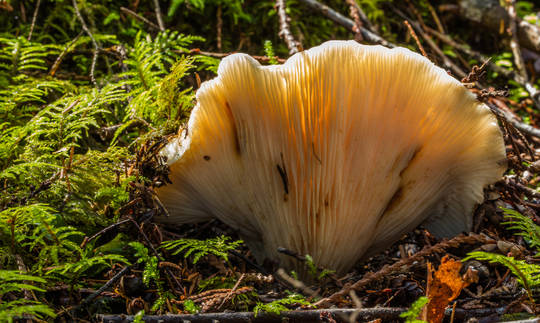
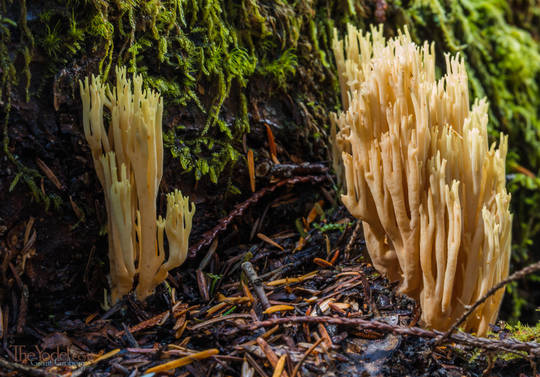

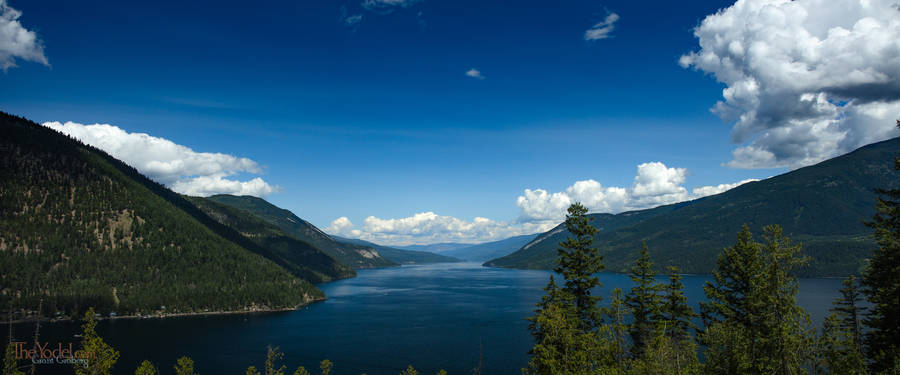
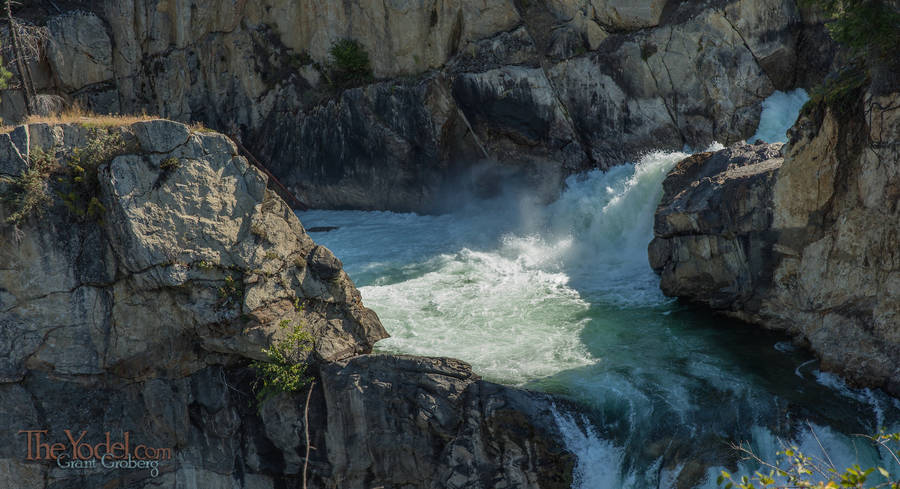
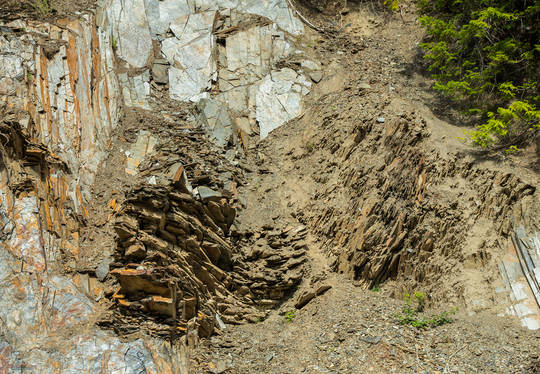
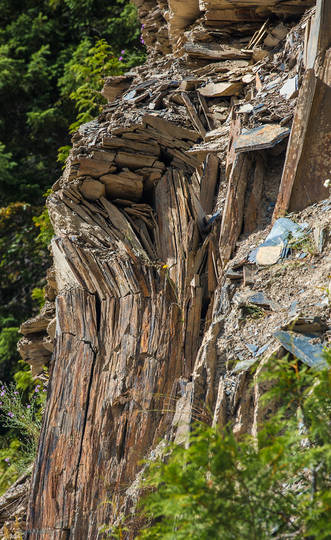
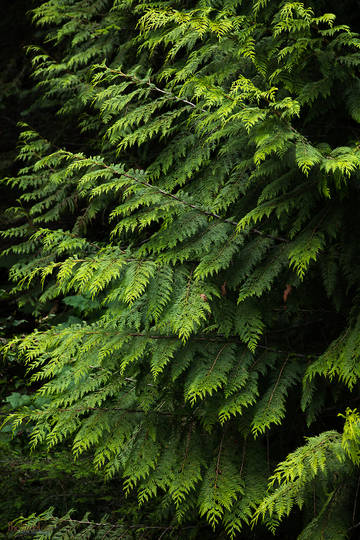

 Canadian Rockies
Canadian Rockies